home theater
Latest
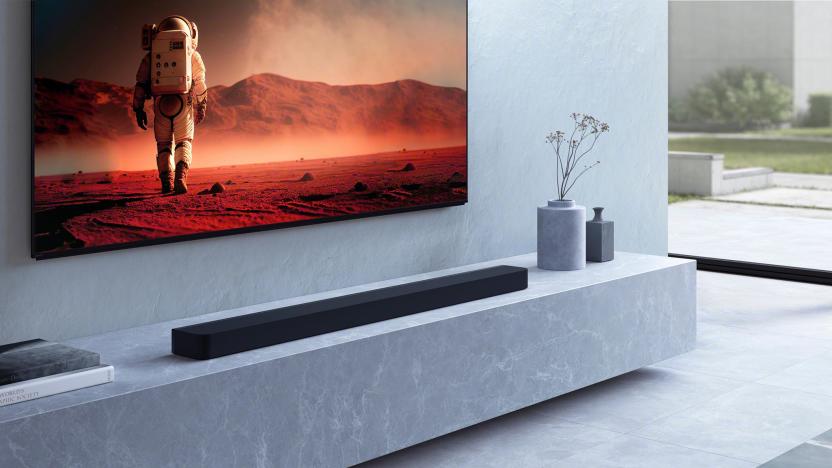
Sony debuts Bravia Theater line of Dolby Atmos soundbars and speakers
Sony has bestowed the Bravia Theater name upon all of its home audio gear, starting with two soundbars, a four-speaker system and a neckband speaker.

Sony’s new spatial sound system is actually portable
When you think of true surround sound stereo systems, you imagine cumbersome multi-speaker affairs that take all day to set up. Sony may have just upended that notion with its HT-AX7 portable theater system, complete with 360 spatial sound mapping. The hook here is that the speakers are detachable and the whole system can easily be moved from room to room without a trip to the chiropractor.

LG's latest portable projector brings smart TV features beyond the living room
LG has unveiled a portable projector that brings media apps and phone casting to more rooms in your home.

LG's 2023 soundbars offer Dolby Atmos and wireless TV connections
LG teased its 2023 soundbars ahead of CES with two options capable of Dolby Atmos audio that connect to its TVs wirelessly.
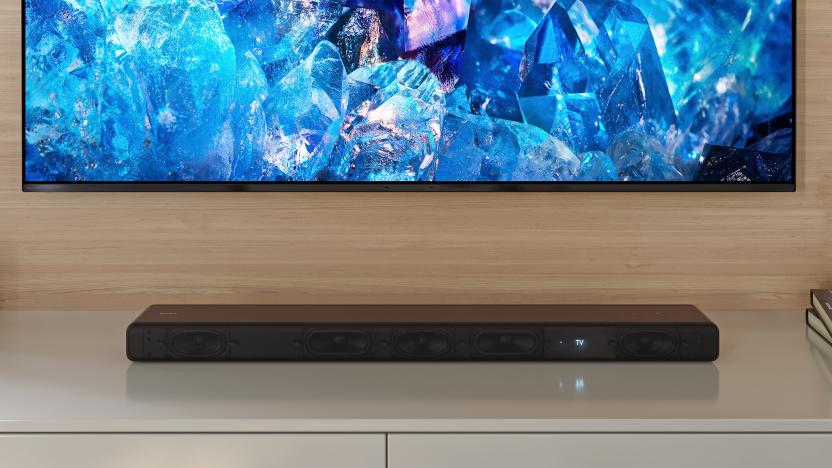
Sony's new premium 3.1-channel Dolby Atmos soundbar costs $700
The HT-A3000 has much of the same tech as its larger, more expensive siblings.
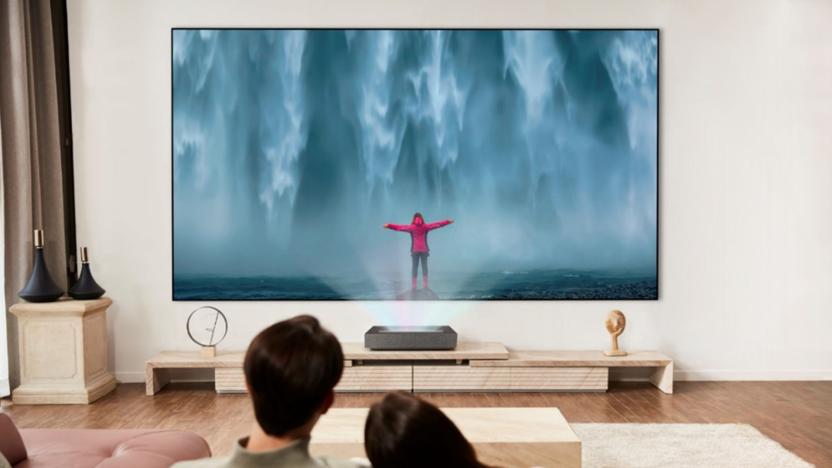
LG's newest 4K CineBeam projectors start at $6,000
LG has released its latest CineBeam short throw projectors, and you'll pay a premium if you want their extra-bright picture in your home theater.
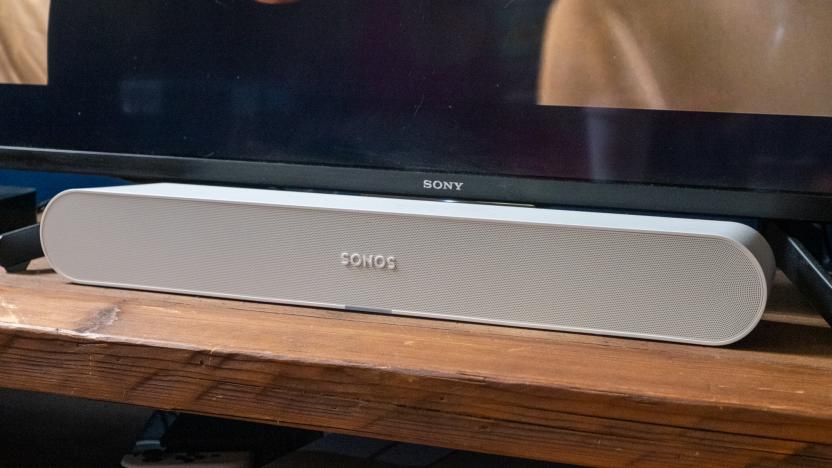 8210082100
8210082100Sonos Ray review: A soundbar that nails the basics
With the $279 Ray soundbar, Sonos is going after a new market. The company’s previous home theater products have all been $400 or more and have primarily been geared toward people intent on getting the best sound possible. The Ray, meanwhile, is more accessible for people who want better sound than their TV speakers can provide, but don’t necessarily care about things like Dolby Atmos support or room-shaking bass. The Ray isn’t exactly a budget speaker, though, so I set out to discover if Sonos made the right compromises here in its effort to make a more mainstream soundbar. Physically, the Ray is smaller than the already-compact Beam, with a tapered design that’s wider in the front than it is in the back. Unlike other Sonos soundbars, though, the Ray’s speakers are all forward-facing; in this way, it reminds me a bit of a wider and flatter version of the Sonos Five speaker. This design means you can tuck the Ray into a media stand and not have to worry about the sound bouncing off of nearby surfaces. Since the Ray doesn’t have a mic for voice assistants, you don’t need to worry about whether it can hear you if you place it in a media stand, either. As with just about every other Sonos product, the Ray has touch-sensitive buttons on top to start and pause music and adjust the volume. There’s also an LED status light on the front, rather than on the top as it is on most Sonos speakers. Again, this is in case you put it on a shelf that would otherwise hide the light if it was on the top. On the back, there’s a power jack, setup button, ethernet port and optical audio jack; Sonos left out HDMI support to cut costs, and since the Ray doesn’t support more advanced audio formats like Dolby Atmos, the additional bandwidth HDMI allows wasn’t needed here. The setup process was simple: I just plugged the Ray into the wall and connected it to my TV with the included optical audio cable. From there, I finished setting it up in the Sonos app on my phone. The process will take a bit longer if you’ve never set up a Sonos speaker in your home before, because you’ll need to do things like authorize the various streaming music services you want to use. But I simply needed to wait for the app to recognize there was a new speaker to set up, tell it which room the Ray was in and then wait for it to get connected to my wireless network. Once that’s done, you have the option of tuning the Ray using what Sonos calls Trueplay. This uses the microphone on an iPhone or iPad to balance the speaker’s audio based on how your room sounds. It’s a bit of a weird process, walking around your space slowly raising and lowering your phone, but I’ve found it always makes my Sonos speakers sound better, so it's worth the five minutes it takes to set it up if you have a compatible device on hand. I’ve spent the last week or so watching movies and shows with the Ray and it’s an obvious improvement over my TV’s built-in speakers. Sonos said it focused on dialogue quality, bass response and a wide soundstage, and it definitely succeeded on two of those fronts. Dialogue sounds extremely clear, whether I was watching a drama like HBO’s The Staircase or enjoying Galadriel’s narration at the beginning of Lord of the Rings: The Fellowship of the Ring. The latter also provided a great chance to hear how the Ray performed in more intense, action-filled sequences. As the prologue of Fellowship continued to its massive battle against the forces of Sauron, swordplay and arrows flying filled the space around the narration in a well-balanced mix. And the rumbling explosion and massive thud of Sauron’s helmet hitting the ground after his defeat were a good opportunity to hear the Ray flex its bass muscles. Another favorite of mine for testing soundbars is the 15-minute intro of Pacific Rim. The beginning of this over-the-top movie has it all – huge battles between giant robots and monsters, cities being destroyed as panicked citizens flee and a solid heroic narration, all of which the Ray faithfully reproduced in a well-balanced mix. The Ray pulls this off despite having much simpler acoustics than the Beam: it includes two center midwoofers, two tweeters with split waveguides to broaden the speaker’s soundstage, a bass reflex system that provides a surprising amount of low-end performance, and four Class-D amplifiers. It’s an effective system, but my main complaint is that the waveguides and computational audio can only do so much to widen the soundstage. While the Ray clearly has a solid stereo presence, it’s not nearly as immersive as the first-generation Sonos Beam that I usually use. Even though my older Beam doesn’t support Dolby Atmos, its larger size and more complex speaker array give it a big advantage over the Ray. The Ray is also not the loudest speaker out there. Again, this isn’t a huge surprise, as Sonos is marketing this device for use in relatively smaller space. That doesn’t mean it was too quiet for me, but I did usually have its volume up over 50 percent for it to be loud enough. If I really wanted to kick things up while watching a big movie, I might get closer to 70 percent. If you’re the kind of person who really wants theater-style audio, you’ll be better off with a more powerful device. The good news is that, as with all other Sonos home theater devices, you can pair the Ray with the Sonos Sub to improve bass performance. You can also use two Sonos One speakers as rear surrounds to make for a much more immersive experience. The Ray might be an ideal choice for a first soundbar to upgrade your TV’s audio and then use it to build out a more complex setup down the line. That said, the Sonos Sub costs a whopping $749; it’s hard to imagine someone buying a Ray and then spending three times as much on a subwoofer. While the Ray is meant to be hooked up to your TV, it’s also a capable music speaker. Sonos says that when it builds its home theater products, music quality is just as important as how it works with movies and shows. In my testing, the Ray sounds great – songs like Dua Lipa’s “Future Nostalgia” and Carly Rae Jepsen’s “Cut to the Feeling” have plenty of low end and super-clear vocals. Meanwhile, the hard left- and right-panned guitars in Metallica’s “Wherever I May Roam” were quite distinct. While it’s still not the loudest speaker, the Ray is more than capable of filling a medium-sized room with clear and lively music. Naturally, the Ray has all the same multi-room audio features as other Sonos speakers. This means you can simultaneously stream the same music to multiple speakers on your WiFi network, or play something different on each one. You can set up custom speaker groups (just the speakers on your first floor, for example) and stream audio directly to the Ray using AirPlay 2. The only real feature it’s missing compared to most other Sonos speakers is voice control. There’s no mic, which means you can’t control the speaker directly with Alexa, Google Assistant or the upcoming Sonos Voice Control feature. That said, if you have other smart speakers, including any other Sonos speaker with a mic, you can use them to control the Ray. There’s no question in my mind that the Ray is a serious upgrade over a TV’s built-in speakers. What’s less clear is how much better it is compared to other small soundbars, like Roku’s $180 Streambar Pro. Sonos has a long history of delivering excellent sound, and the Ray continues that tradition. And just as the portable $179 Sonos Roam is a good gateway drug into the Sonos ecosystem, the Ray is a good first Sonos for someone who wants to improve their TV audio. Yes, you can find cheaper soundbars, but Sonos is betting its reputation for excellent sound quality will make the Ray a success. After spending some time with it, I’d have no problem recommending the Ray to anyone who wants an easy way to upgrade their TV’s audio but doesn't care about having the best speaker that supports the most formats. For a lot of people, particularly those with smaller living rooms, the Ray will be just the right soundbar for their space.
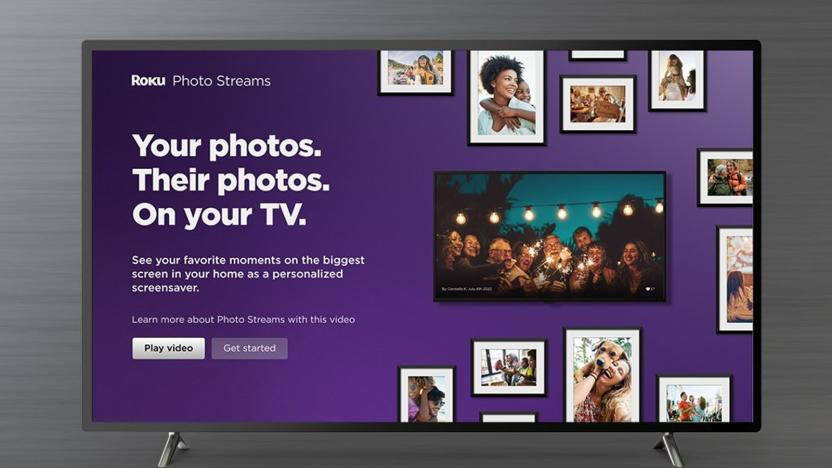
Roku OS 11 adds new audio options, photo screensavers and more
Roku has just detailed its first major platform update since it came out with OS 10.5 late last year.
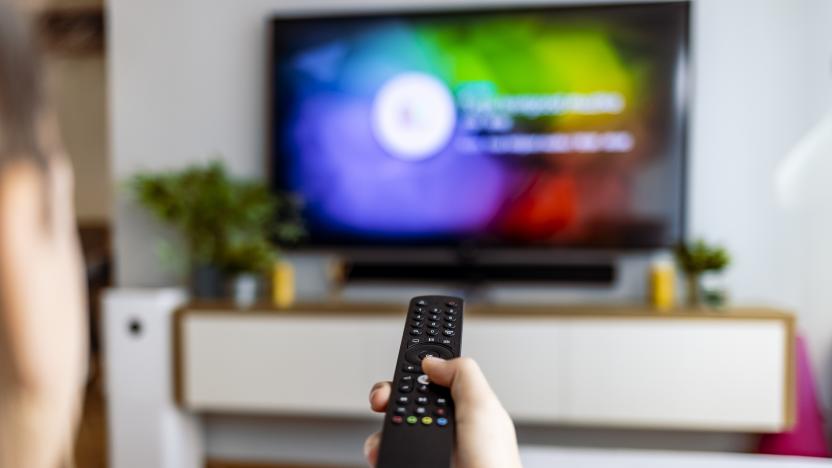
How to build a budget home theater setup
Here's everything you need to know about building a home theater setup on a budget, including the best soundbars, speakers, amplifiers and more to buy.
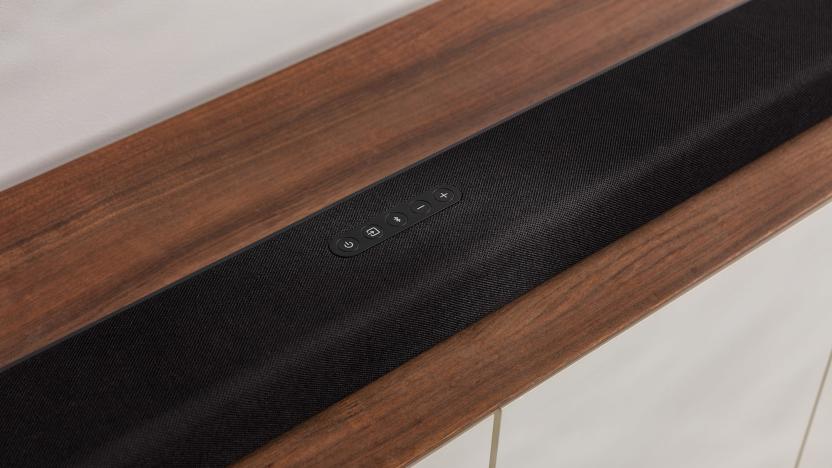
Polk Audio reveals its first Dolby Atmos soundbar
The $399 Signa S4 uses Polk's VoiceAdjust tech to make dialogue clearer.
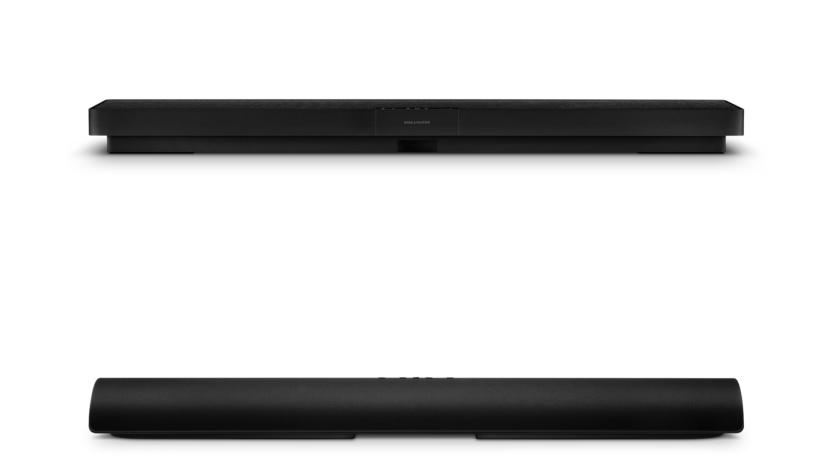
Verizon and Bang & Olufsen made soundbars with Android TV built-in
Verizon has unveiled two Android TV soundbars made with Bang & Olufsen's help, and they pack premium features like Dolby Atmos.
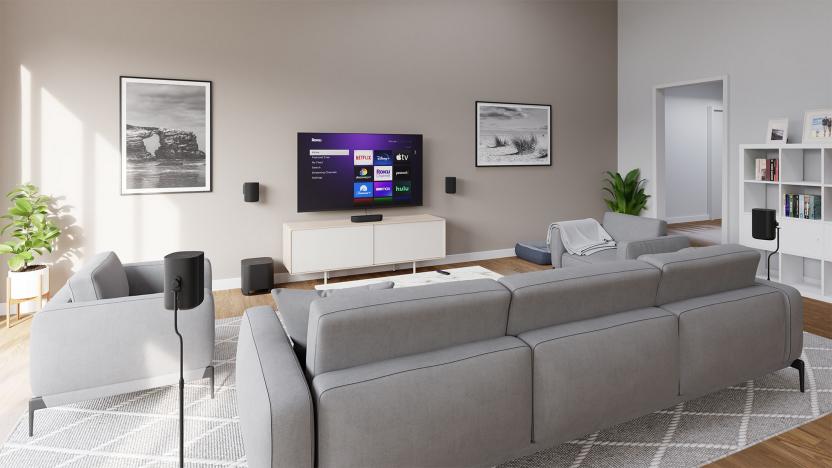
Roku OS 10.5 adds better voice support, 5.1 Roku speaker configurations
The Roku OS 10.5 update, which will roll out to players and TVs in the next few weeks, will be jam-packed with features to make your streaming life easier.

LG's 325-inch Direct View LED TV is an answer to Samsung's The Wall
LG has unveiled a Direct View LED Extreme Home Cinema TV that can scale up to 325 inches
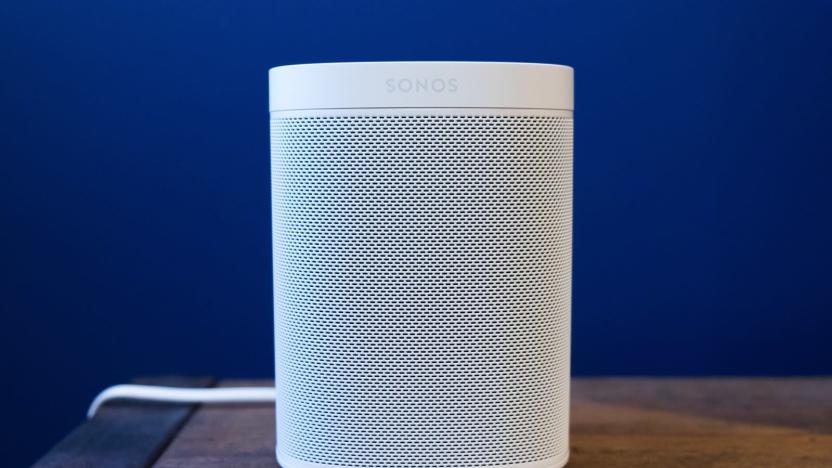
Sonos is raising prices on almost all of its products
Sonos makes some excellent connected speakers and home theater products, but no one ever said they were cheap. As of this Sunday, September 12th, they'll cost even more here in the US. The company just announced it is raising the price of almost all its speakers; most will go up about 10 percent.
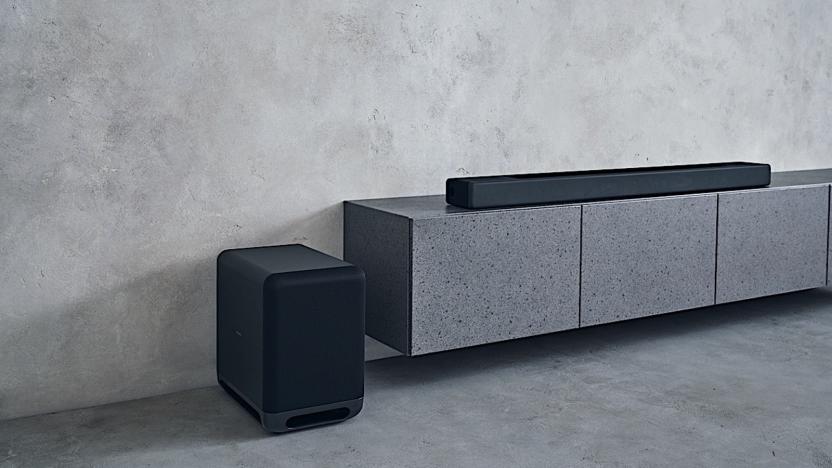
Sony's HT-A7000 soundbar with Dolby Atmos and HDMI 2.1 is up for pre-order
Starting today, you can pre-order Sony's HT-A7000 soundbar.
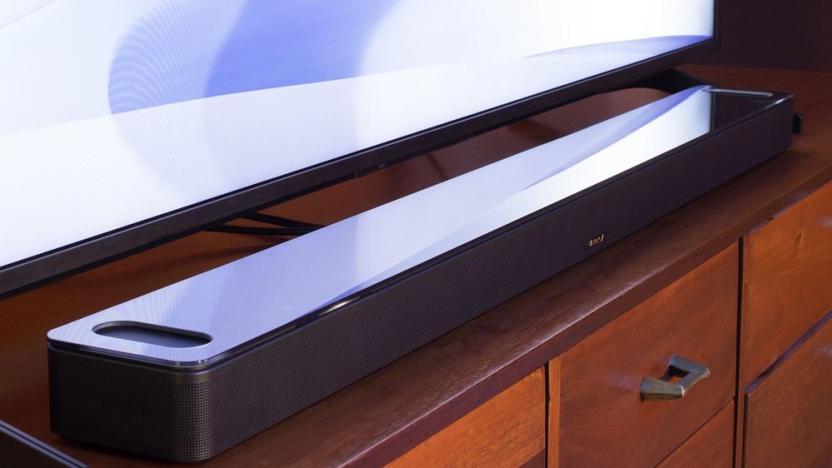
Bose's high-end Smart Soundbar 900 includes Dolby Atmos support
You can use Google Assistant and Alexa to control the $900 soundbar and connect it to other speakers.
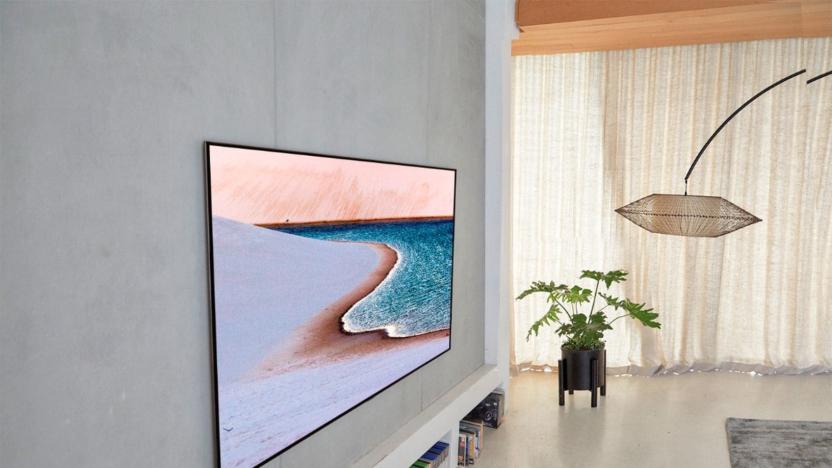
Best Buy's 'Black Friday in July' sale knocks hundreds off OLED TVs from Sony, LG
Save big on OLED and LED smart TVs during Best Buy's Black Friday in July sale.
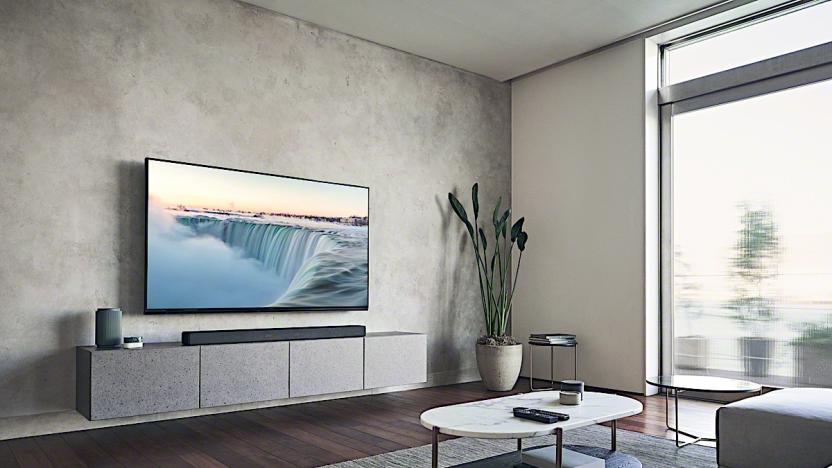
Sony's latest flagship soundbar offers Dolby Atmos and 360 Reality Audio
Sony's latest flagship soundbar and a new multi-speaker "home theater system" both offer Dolby Atmos and 360 Reality Audio.

JMGO's O1 is a surprisingly affordable ultra-short-throw projector
JMGO, an up-and-coming Chinese brand, has significantly lowered the entry barrier for ultra-short-throw projectors, starting with the O1 and the Leica-branded O1 Pro.
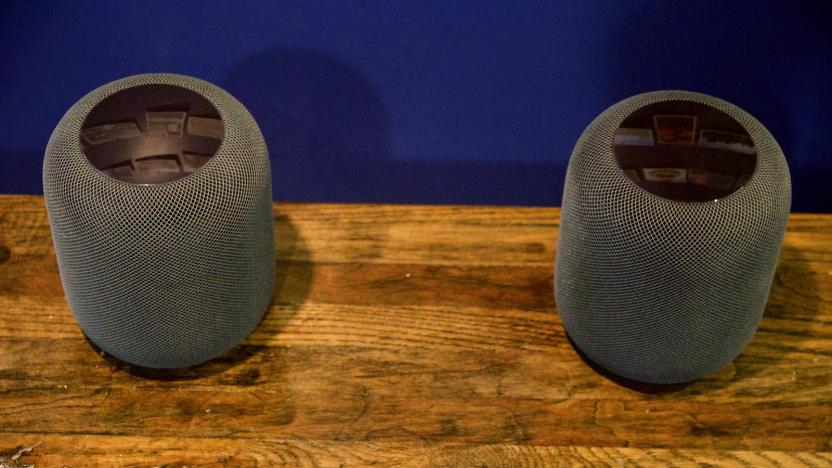
Apple TV 4K can use HDMI eARC to play any TV audio on your HomePod
If you have a HomePod and picked up the new Apple TV 4K, your speaker will make for a better home theater companion than it did before. As noticed by MacRumors, the latest Apple TV 4K supports the ARC (Audio Return Channel) and eARC (enhanced ARC) standards over HDMI. What this means in practice is that the Apple TV 4K can wirelessly send all audio from your television to a HomePod (or stereo pair of HomePod speakers).








